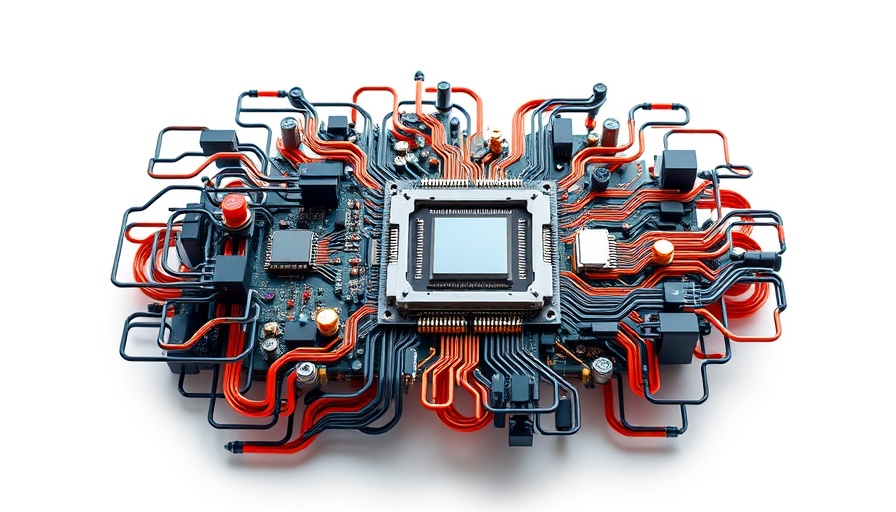
The Historic Breakthrough in Quantum Computing
Imagine a computer capable of solving problems at lightning speed, its capabilities far surpassing those of traditional computers. This dream is no longer a distant prospect; it has become a reality demonstrated by a recent study from the University of Southern California. Using IBM's advanced 127-qubit processors, researchers have achieved the coveted exponential speedup in quantum computing, a breakthrough that emphasizes the transformative potential of this technology.
Clarifying Quantum Speedups: Exponential vs. Polynomial
In the realm of quantum computing, speedups are categorized as either polynomial or exponential. Polynomial speedups indicate a manageable increase in performance with the scaling of problems. However, quantum researchers often aim for the Holy Grail: exponential speedup. Professor Daniel Lidar, leading this study, explains that this breakthrough means that as the size of problems grows, the performance gap between quantum and classical machines not only widens but does so incredibly fast—approximately doubling with each added variable.
Unconditional Speedup: What Does It Mean?
A significant aspect of this achievement is its classification as "unconditional." Unlike previous speedup claims that relied on assumptions—like the absence of a better classical algorithm—this milestone does not depend on conjectures. Lidar's team utilized a modified algorithm to address Simon’s problem, showcasing quantum computers' ability to outperform classical counterparts consistently and predictably.
Simon’s Problem: The Key to Unlocking Quantum Power
Simon’s problem acts as the cornerstone of quantum computing, revealing hidden patterns within mathematical functions. It has historical significance as it sparked interest in quantum algorithms that could potentially crack codes, paving the way for applications in cybersecurity and medicine. Moreover, unraveling Simon’s problem with exponential speedup symbolizes a pivotal moment in the ongoing evolution of quantum technology.
The Future of Quantum Computing: What Lies Ahead?
As researchers hone quantum error correction methods and move beyond classical limitations, the implications for industries are profound. From optimizing complex systems in logistics to accelerating drug discovery and enhancing artificial intelligence (AI) capabilities, the vast potential of quantum computing could revolutionize many sectors. Experts anticipate a stronger collaboration between AI and quantum technologies, enabling breakthroughs that were previously unimaginable.
Practical Implications for Industries and Society
The economic impact of quantum computing could be monumental. With industry giants competing to develop feasible quantum solutions, investment in quantum technologies may surge. This will not only enhance the tech landscape but also create new jobs and revolutionize existing industries. The clear message from this breakthrough is that investments in quantum technology are not just foresight; they are a necessity for businesses aiming to remain competitive in an increasingly complex digital landscape.
A Call to Action: Embrace the Quantum Revolution
As quantum computing approaches a tipping point, the call to action for industries is clear: invest in understanding and integrating these technologies. This advancement offers multiple pathways for innovation and efficiency, opening doors for businesses and informing thoughtful discussions about the future of AI and technology at large. To stay ahead, stakeholders must engage with the evolving quantum landscape and capitalize on its benefits today.
 Add Row
Add Row  Add
Add 




Write A Comment